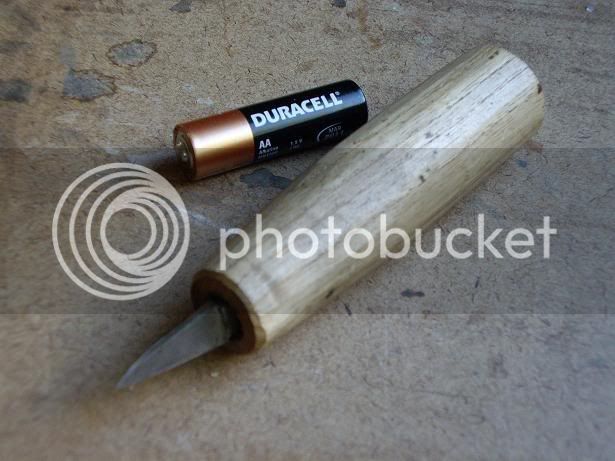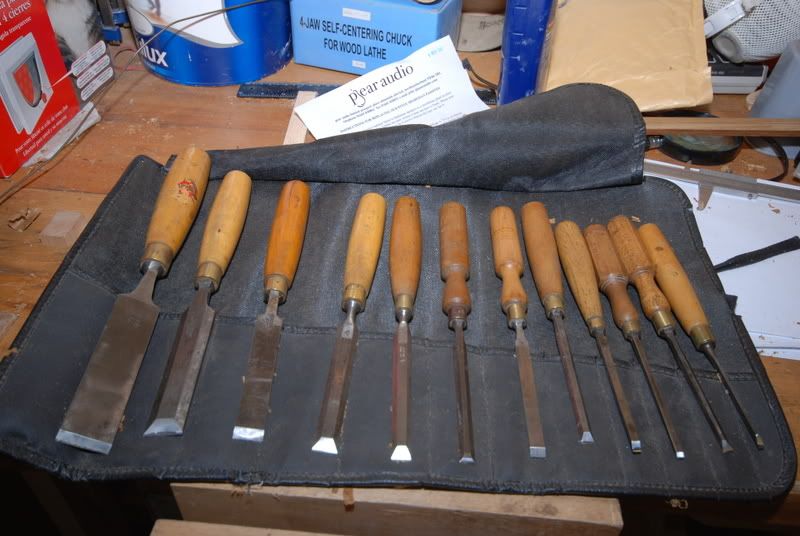David C":141uueos said:
I was taught to saw waste with piercing or Jewellers saw with 18 tpi fretsaw blade installed. For huge dovetails Coping saw is used.
This gets you close to shoulder lines, then perhaps two chopping cuts which go half way through, from both sides finishes the majority of the line.
The advantage of this method is that only one final cut is made from the cut shoulder line, minimizing bruising and compression. If shoulder lines are cut in fairly deep with a sharp cutting gauge or equivalent, I dont even have to grip the chisel handle as the edge seats securely in the gauge line.
After release cut, I then pare into the corners with a slightly skewed chisel, not a skew chisel.
SEE Book 3 page 114 and book 1 page 66 & 73 or of course DVD 5 ~;-)#
David
~;-)# A bearded smiley... outstanding!!!
Thanks David - that makes a lot of sense. DVD #5 is definitely on the Christmas list too, I've yet to watch one that didn't save me hours of time in the workshop.
I have been playing around with different methods quite a bit in the past few months, whilst trialling prototypes of dovetail chisels. One method you might find interesting was using chisels for initial laying out instead of a knife.
I'd start with a single cut with the marking gauge, then definine the baseline of each socket individually using a light chopping cut with a chisel, registered in the marked line. Another two chops define the sides, always keeping the bevel towards the waste, and give you a nice crisp edge to saw against. I still carried the marks around the end with a square and marking knife as this proved to be more accurate.
Once the waste is removed, you use the same chisel that you laid the joint out with to clean up the baseline, thus ensuring a nice flat bottom and a bare minimum of fluff in the corners. A final clean around with a cabinetmakers fishtail skew and you're done. If I can get this image to appear you will see a laid out DT on the left showing the initial tapped in baseline and sawn shoulders, cleaning one up with the FT Skew, one waiting for the final clean up of the baseline and the edge of a finished one.
Pete,
That looks like a good set, most of them probably only on their second woodworker, and nothing wrong with firmers either. In fact many of the chisels sold these days are actually firmers with the corners ground off rather than true bevel edged chisels. If you ever do feel the need for matching handles let me know.
Has anyone heard from Ian by the way? Just wondering what he plumped for in the end.







